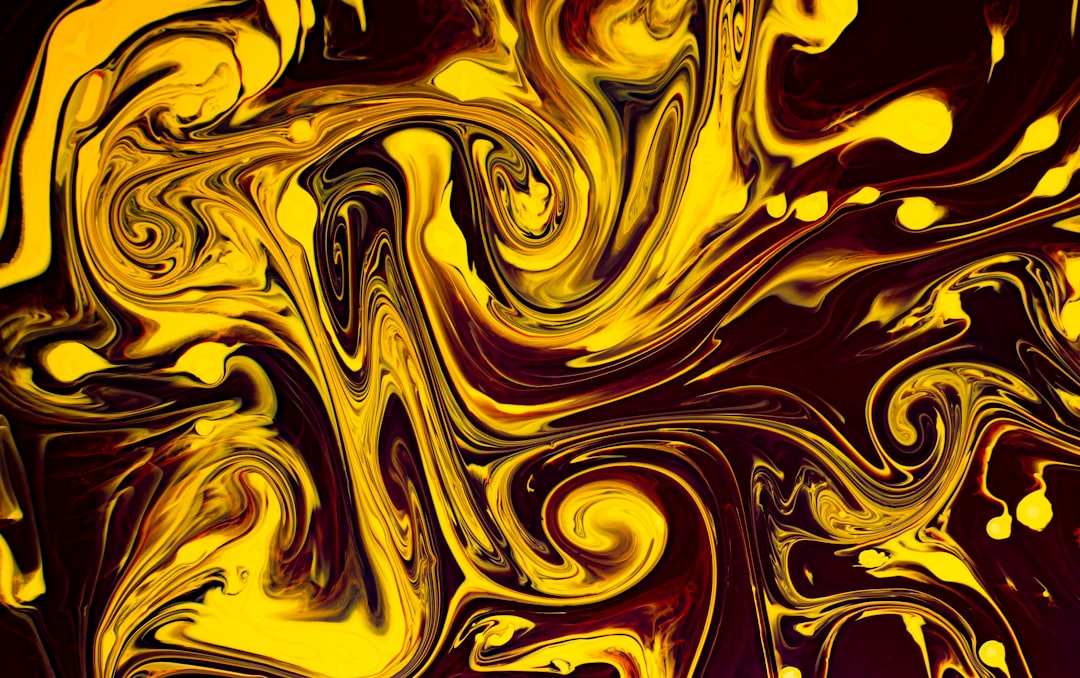Exploring the Artistic Legacy of Ancient Civilizations
Art has always served as a reflection of the cultural and historical facets of a society. In the realm of ancient civilizations, this connection is particularly profound. From the Egyptian pyramids to the Mayan temples, the artistic legacy of these civilizations offers invaluable insights into their beliefs, values, and achievements. Through the examination of their art, we can gain a deeper understanding of the minds and lives of those who came before us.
One of the most intriguing aspects of ancient civilizations’ art is the diversity and complexity of their works. Each civilization developed its own unique artistic style, materials, and techniques. For instance, the Egyptians, with their grand pyramids and intricate wall paintings, placed a strong emphasis on symbolism and religious rituals. Their art often depicted scenes from daily life, religious customs, and the afterlife, showcasing their belief in the preservation of the body and soul.
Similarly, the ancient Greeks, known for their sculptures and pottery, embraced a more naturalistic approach to art. Their statues exhibited idealized human forms, capturing the beauty and grace of the human body. Additionally, Greek pottery often bore intricate patterns, narrative scenes, and mythological figures, illustrating their passion for storytelling and myths.
Exploring the artistic legacy of ancient civilizations not only gives us a glimpse into their aesthetic sensibilities but also provides a context for understanding their technological advancements. The intricate carvings and engineering marvels found in Mayan architecture, such as Chichén Itzá, reveal their advanced understanding of mathematics, astronomy, and engineering. The ancient Egyptians’ mastery of stone masonry allowed them to erect colossal structures that still stand today, testifying to their engineering prowess and organizational skills.
Moreover, the artistic expressions of ancient civilizations were not limited to visual arts alone. Literature, music, and performing arts played a significant role in their cultures as well. The ancient Greeks, whom we owe many literary and philosophical masterpieces to, were pioneers in the development of theater. Sophocles, Euripides, and Aristophanes crafted timeless plays that explored human nature and challenged societal norms. Music, too, held a special place in ancient societies, serving as both a means of entertainment and religious worship.
The artistic legacy of these civilizations extends beyond their periods of influence. Modern artists and scholars continue to draw inspiration from ancient art, creating an ongoing dialogue between the past and present. The impact of ancient civilizations on the art world can be seen in the works of renowned artists like Pablo Picasso, who was influenced by African masks and ancient Iberian sculptures.
Furthermore, the study of ancient art enables us to engage in critical thinking and cultural appreciation. By delving into the symbolism and narratives depicted in ancient artworks, we can challenge our own perspectives and question societal constructs that persist to this day. Ancient art can serve as a catalyst for introspection and meaningful dialogue about issues such as power, religion, gender, and identity.
In conclusion, the artistic legacy of ancient civilizations is a treasure trove of cultural, historical, and technological knowledge. The works of art left behind by these civilizations provide us with a gateway to their beliefs, values, and achievements. By embarking on a journey into these ancient societies through their art, we can better understand our own roots and appreciate the vast richness of human creativity.

